I think it’s safe to say that most parents are excited when the weather begins to change and Spring blossoms. Among other things, it means their kids will have nicer weather for more outdoor play.
But the nicer weather can present a challenge for children who have spring allergies.
April through June are particularly tough, as it can bring about watery eyes, runny noses and endless sneezing.
The key culprits are the tiny, airborne pollen grains that come off trees, weeds and grasses. Another allergy trigger, outdoor mold spores, is found everywhere.
Pollen and mold are hard to avoid when you want to go outside and play, but there are numerous ways to alleviate allergy symptoms. Here are three tips to cope with spring-time allergies:
- Treat symptoms with an antihistamine. They can come in the form of oral pills or liquid and nasal spray. They target a chemical called histamine, which our bodies produce as a reaction to an allergen like pollen and mold. Look for a non-drowsy formula, which won’t adversely affect your child’s schoolwork or normal sleep patterns.Antihistamines work for most kids, but if they don’t, don’t hesitate to call your pediatrician. He or she can prescribe a nasal steroid spray or eye drops that contain antihistamine. For more severe cases, allergy shots might be warranted.
- A decongestant may help, short-term. They’re effective in cutting down on the fluid in the lining of the nose, which makes breathing easier, but they are strictly for short-term relief. After about three days they begin to have a “rebound” effect that causes swelling and makes breathing more difficult.Some over-the-counter pills and nasal sprays may also contain a decongestant. Look for a “D” after the name.
- As much as possible, limit your child’s exposure to allergens. This can be done by:
- Avoiding the outdoors when pollen counts are the highest: morning and night.
- Checking mold and pollen readings for your city here, and avoiding the outdoors when possible.
- Keeping windows closed during pollen season. This not only keeps allergens from getting in, but also keeps the dust and mold already inside your home from getting kicked up by the breeze.
- Making sure your children bathe and shampoo their hair daily before going to bed. This rids pollen from their hair and skin – and keeps it off their pillows too.
- Washing bedding in hot, soapy water once a week.
- Limiting close contact with pets that spend a lot of time outdoors.
- Changing and washing clothes worn during outdoor activities.
Unfortunately, there is no cure for Spring allergies, but following the above three tips can help you manage your child’s symptoms more effectively.
For more information, or to schedule an appointment, please visit our Allergy & Immunology web page.
Editor’s note: Information from this blog post was originally published in the spring edition of Young & Healthy.

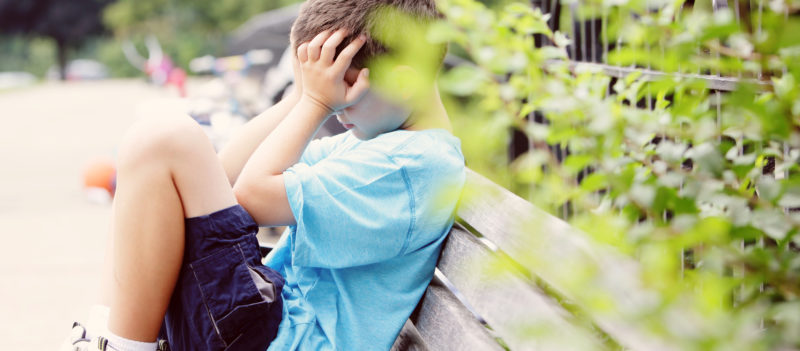
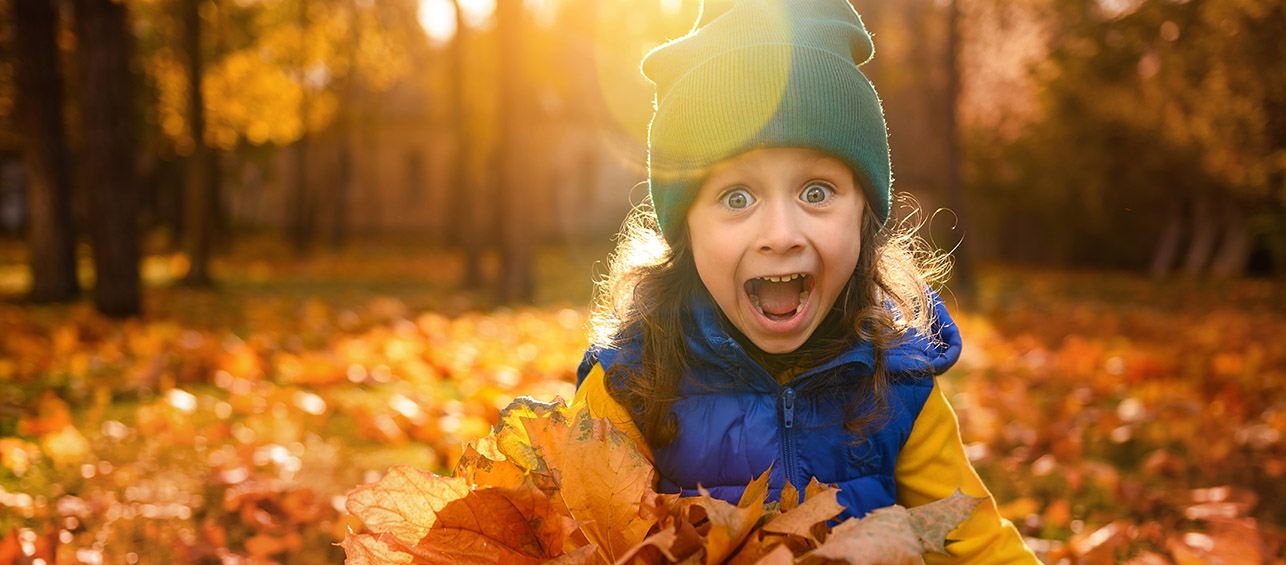
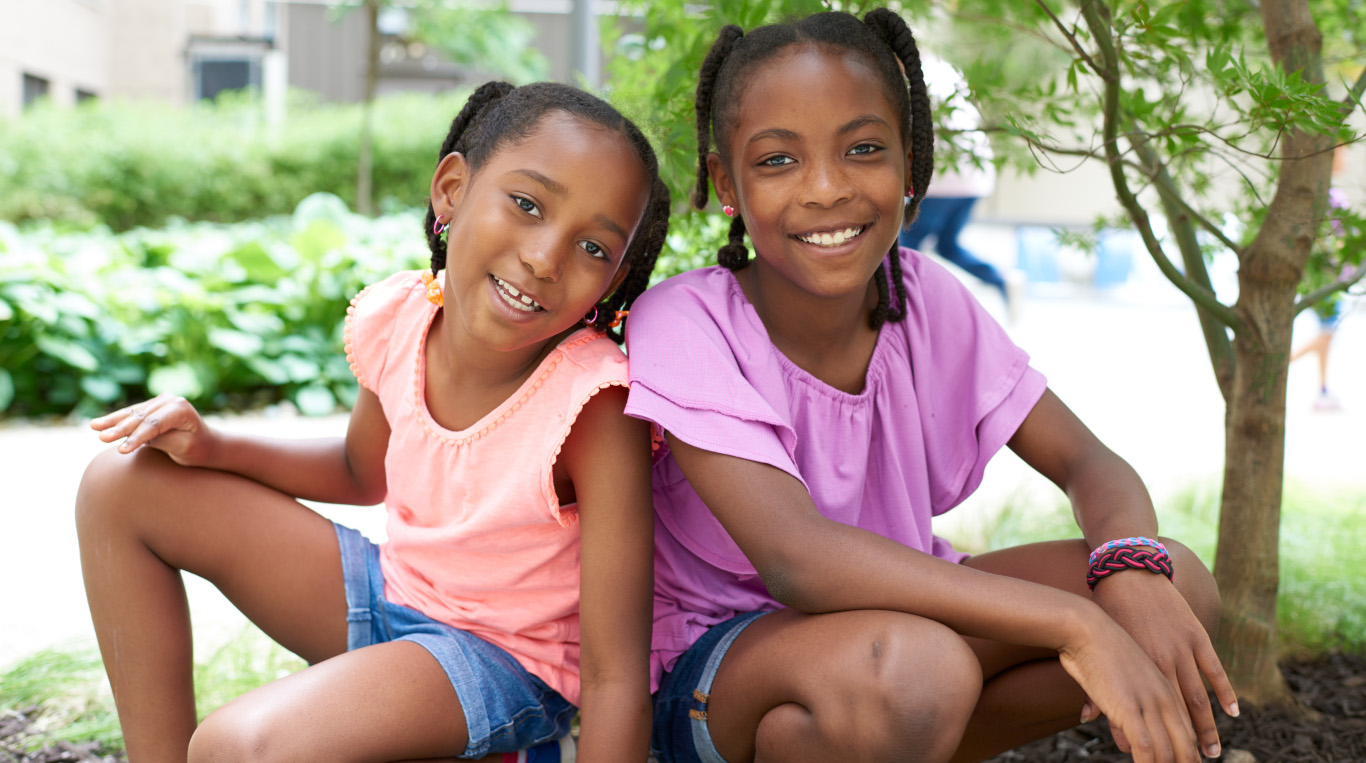
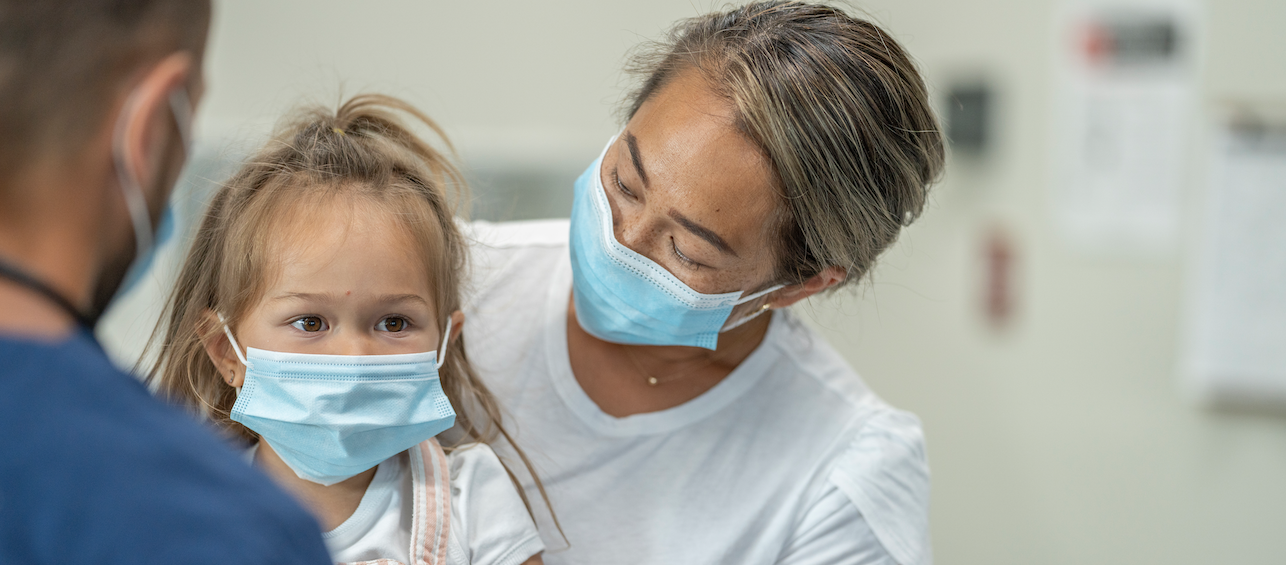
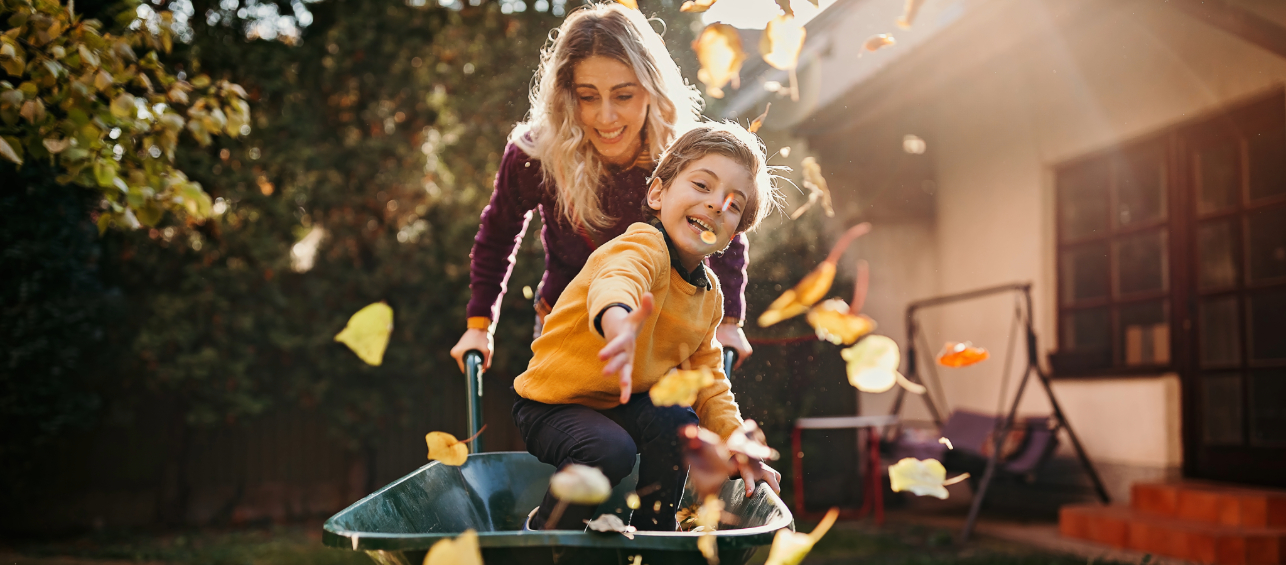
My son has bad allergies and I’m trying to figure out to treat them. Thanks for the advice about looking into an antihistamine nasal spray. I’ll have to see about trying nasal sprays until we find one that works.